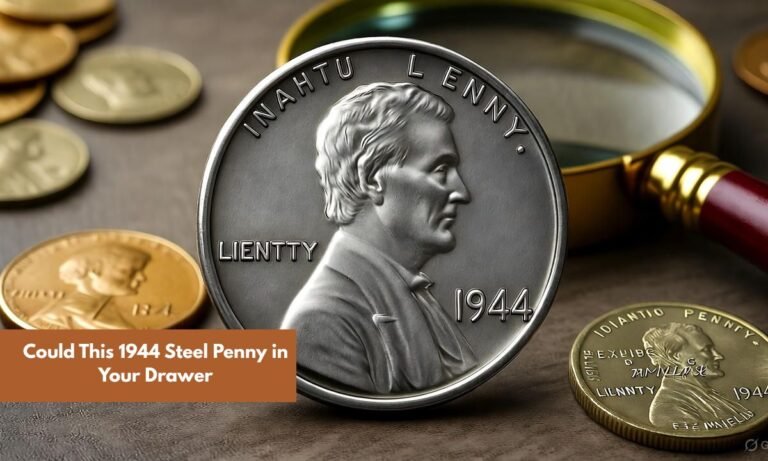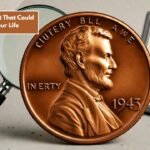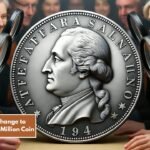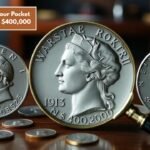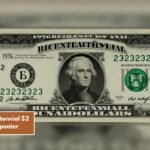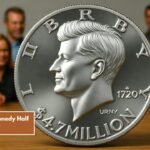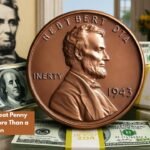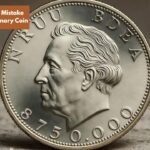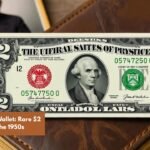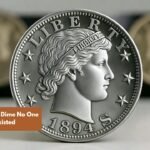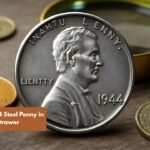The Lincoln Cent That Could Change Your Life — Worth Over $950,000!
October 17, 2025
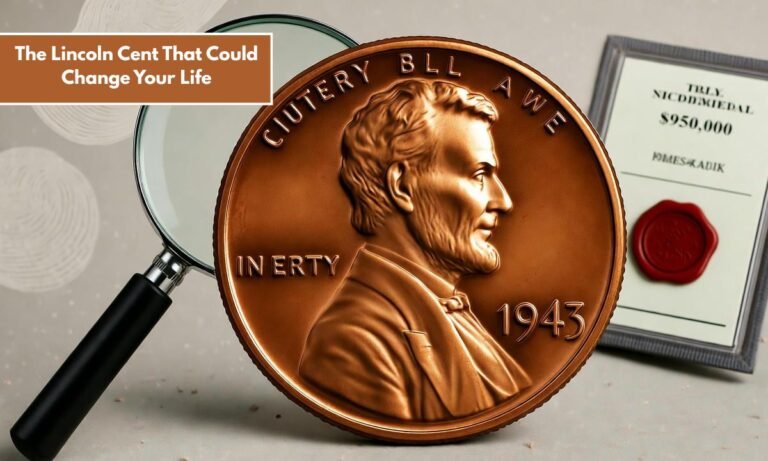
From Spare Change to Riches: The $2.9 Million Coin Everyone’s Talking About
October 17, 2025
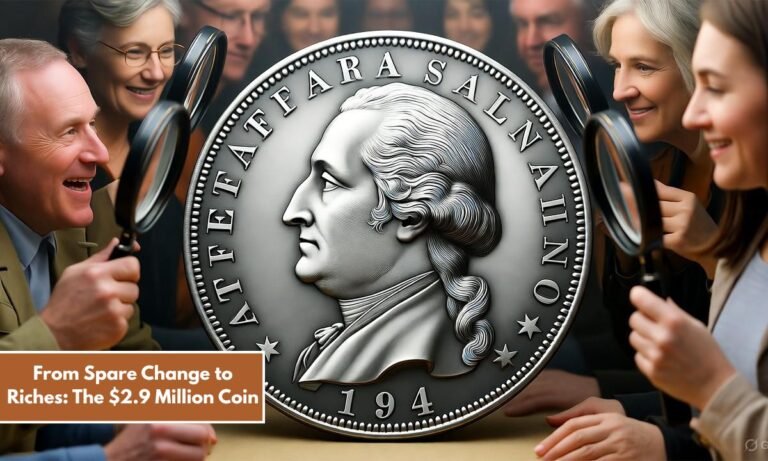
That Nickel in Your Pocket Could Be Worth $400,000 — Here’s What Makes It Rare
October 17, 2025
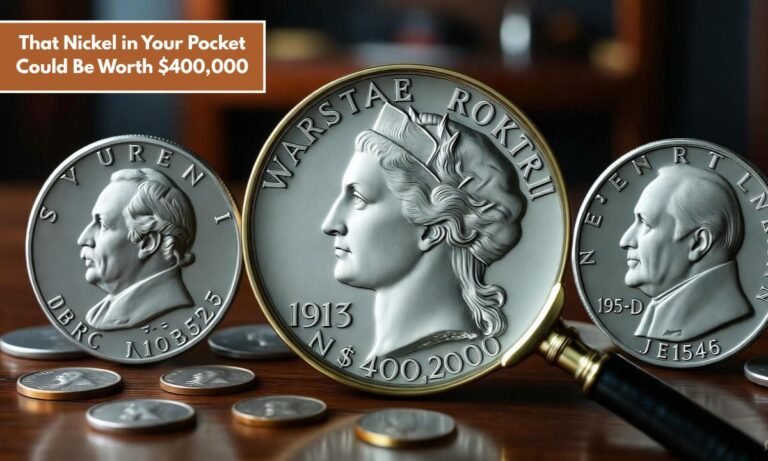
Rare 1976 Bicentennial $2 Bills With Repeater Serial Numbers Worth a Fortune
October 17, 2025
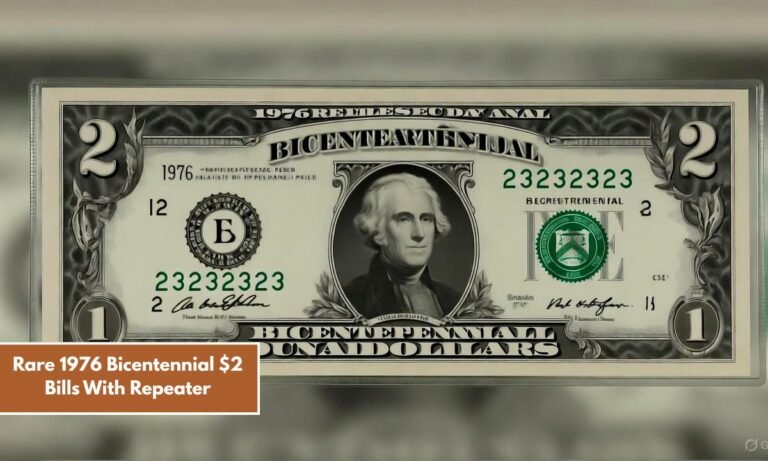
$4.7 Million Kennedy Half Dollar Discovery Stuns Coin Collectors
October 17, 2025
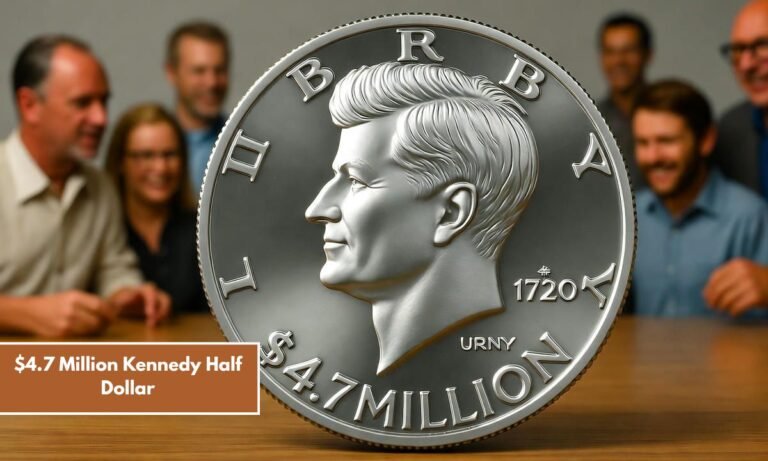
The Lincoln Wheat Penny That’s Worth More Than a Mansion — Here’s Why
October 15, 2025

A Rare Minting Mistake Turned This Ordinary Coin Into a $750,000 Collectible
October 15, 2025
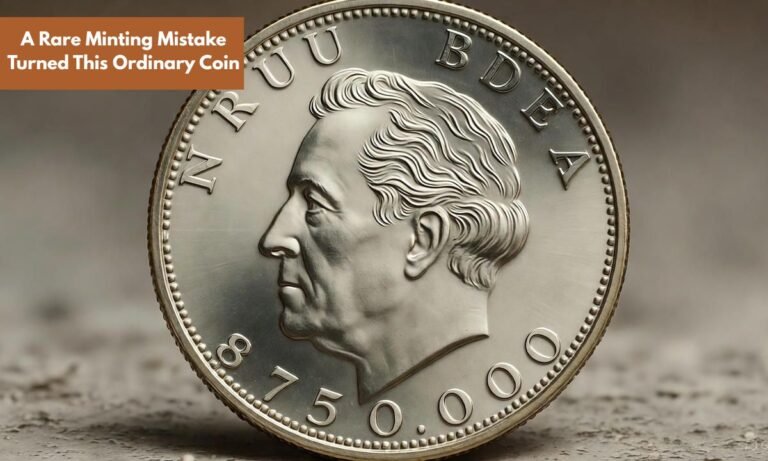
Check Your Old Wallet: Rare $2 Bills From the 1950s Are Selling for Thousands
October 15, 2025
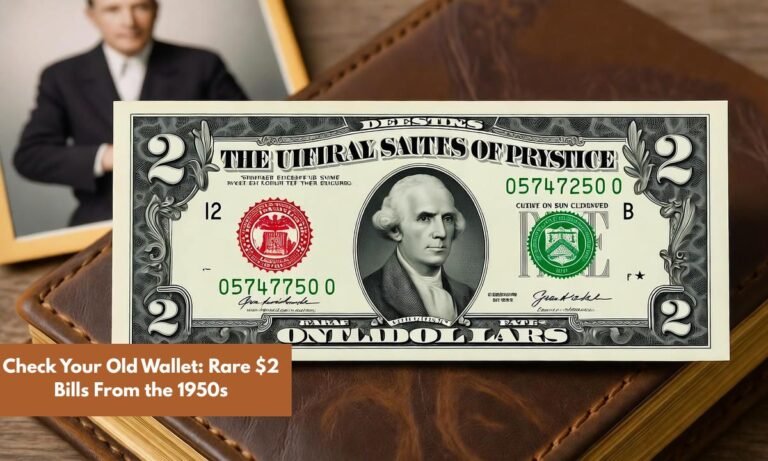
Could This 1944 Steel Penny in Your Drawer Be Worth $2 Million?
October 15, 2025
